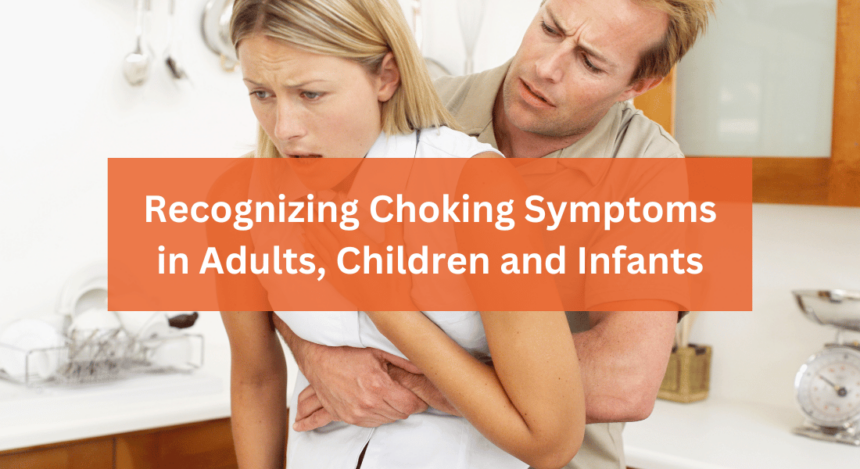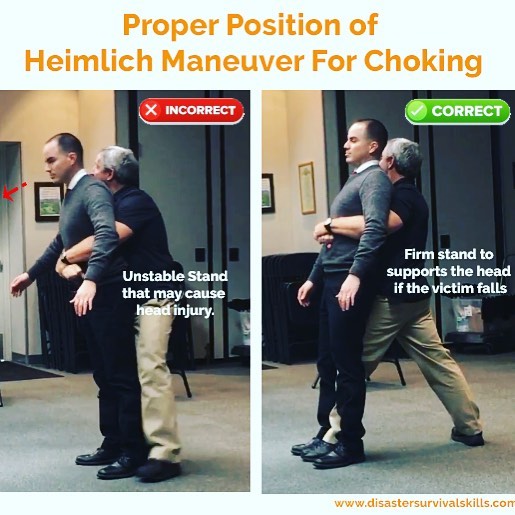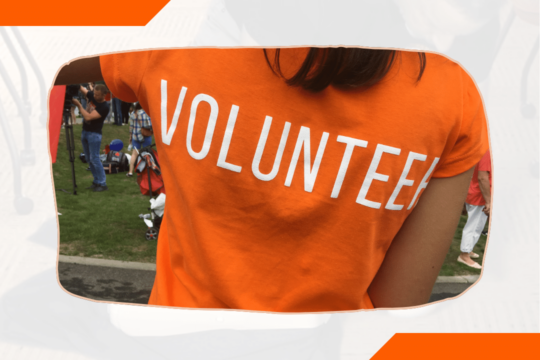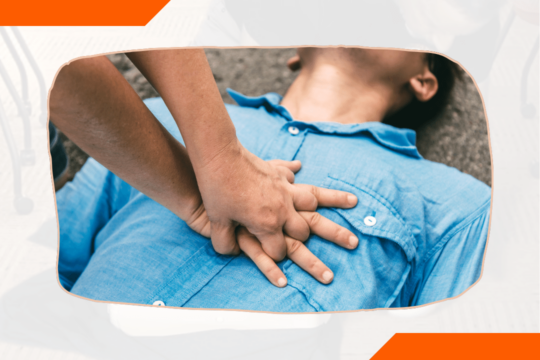Spot the Signs: Recognizing Choking Symptoms in Adults, Children Infants

When faced with a potential life-threatening situation such as choking, knowledge and timely action are paramount. With decades of hands-on experience, I’ve seen firsthand the importance of understanding the differences between an adult and an infant’s response to choking. As both an educator and a retired Captain, my mission is to offer practical insights that can genuinely make a difference. Let’s delve into the immediate steps you can take to assist a choking individual, be it an adult, child, or infant.
Conscious Choking:
The initial moments are crucial. If someone appears distressed, unable to breathe, cough, or speak, always start by asking, “Are you choking?” If the person can’t respond or shows obvious signs, it’s essential to Activate EMS immediately.
For Adults and Children:
- Positioning: Stand behind the victim, positioning one foot in between the victim’s feet and your other foot behind you.
- Hand Placement: Place the thumb side of your fist just above the victim’s belly button, securing the back of your fist with your other hand.
- Thrusts: Execute abdominal thrusts by pulling inward and upward. Continue this action until the obstructing object is expelled or the patient becomes unconscious.
For Infants:
The fragile nature of infants necessitates extra care:
- Support: Firmly yet gently support the infant’s face and place the torso on your forearm.
- Orientation: Always ensure the infant’s head is positioned lower than their feet.
- Back Blows: Administer 5 determined back blows between the shoulder blades using the palm of your hand.
- Chest Thrusts: With the infant’s head supported, turn the baby onto your other forearm. Proceed with 5 chest thrusts.
- Continuation: Alternate between back blows and chest thrusts until the obstruction is cleared or if the infant becomes unconscious.
Special Circumstances:

Situations may vary, and it’s pivotal to adapt:
- For patients who are pregnant or simply too large for you to reach around, opt for chest thrusts as a safer alternative.
- If you’re administering abdominal thrusts (commonly known as the Heimlich maneuver) and the person loses consciousness, your priority is to gently lower the victim to the ground.
- Immediately Activate EMS and ensure someone calls 9-1-1.
- For Adults, Children, and Infants:
- Initiate 30 chest compressions.
- Carefully open the airway and inspect the mouth for obstructions. If visible, cautiously sweep it out with a finger. For infants, use the pinky finger.
- Attempt rescue breaths. If unsuccessful in making the chest rise, readjust the head’s position and try again.
- Continue with 2 rescue breaths.
- Avoid performing a blind finger sweep.
- Persist with compressions, checking for foreign bodies, and attempting rescue breaths until air goes in and the chest elevates.
- If breathing remains absent, maintain CPR, cycling between 30 compressions to 2 breaths.
Continued Learning: Choking incidents can occur suddenly, but with the right knowledge, you can make a decisive impact. I encourage everyone to equip themselves with these life-saving skills. For a more in-depth understanding, consider enrolling in a Free Online CPR Course to enhance your proficiency.
Remember, each moment counts in an emergency. Approach the situation with compassion, trust in your training, and act decisively. Your timely intervention can mean the difference between life and death.



Comments are closed.